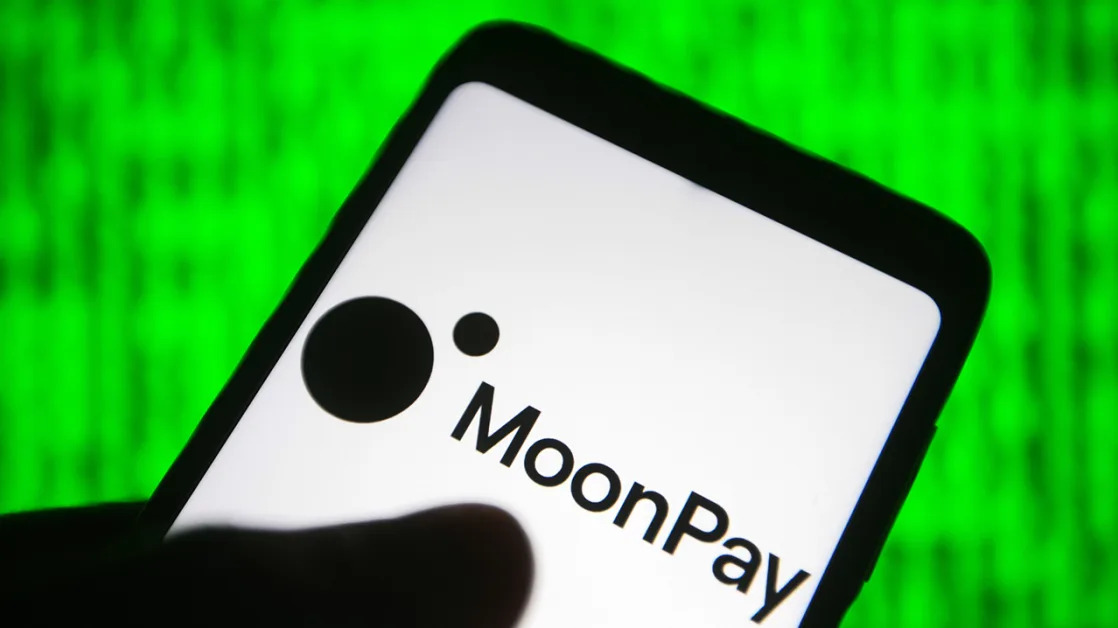James Madison famously wrote in Federalist No. 51 that “if men were angels, no government would be necessary.” The remedy entailed structuring a government that doesn’t merely control the governed, but also controls itself. This idea of checks and balances was etched into America’s DNA from its inception. The country was born into a system that was, by design, decentralized.
As the nation evolved, so did the press. What we now call the mainstream media became what some label the “Fourth Estate” - an independent entity that provides essential oversight to centralized power. And more recently there emerged a de facto “Fifth Estate,” with the rise of citizen journalism, which further advanced this trend towards decentralization.
Yet today, according to the Pew Research Center and others, we find ourselves at an unprecedented moment of distrust towards government and media. How did this happen if we were on such a positive trajectory?
The hidden hand of central control
Our systems of checks and balances were designed to protect us against centralization of power in a way that we can all see. They address issues that are visible, and do so in a visible manner.
But now we face invisible centralization, and this must be addressed as well. Invisible centralization happens gradually then all at once, and it almost always involves emerging technology.
Take, for example, machine learning and AI. Both provide outcomes based on complex data analysis. They process unfathomable quantities of information, find correlations beyond human comprehension, then act on these findings without human input. These technologies have transfixed the world in how quickly they have advanced, but most people can not see this progress as it develops. Much of it is occuring behind closed doors and at just a handful of corporations. This means the threat of centralized AI could become imminent before we are even able to grasp its true scope.
Or consider the internet – the greatest innovation of our time and the most decentralized technology in existence. The internet has given voice to billions of people around the world. As it evolved, communication channels like forums and message boards emerged that brought people together and gave them a platform.
But the culmination of these channels, social media, has in many ways swung the pendulum the other way. The U.S. government has threatened to ban TikTok, a platform that 170 million Americans use daily. Do you think it’s because they’re worried about the latest dance moves, or are there more nefarious motives at play? Across the pond, the U.K. government has threatened to imprison individuals based on their online posts. In both cases, centralized power is encroaching on basic rights in a way that would not have been possible before the advent of these technologies.
While this invisible centralization may be difficult to detect, it’s impacting your life (yes, I am speaking to you now, reader). Your right to build an online identity on the platform of your choosing is under threat. Your basic right to express your opinion is under threat. Years ago this would have been incomprehensible. Today, it is our reality.
Ask yourself this: What is stopping Apple from deleting your memories? Or Google deleting your exchanges? This invisible centralization could get much worse. We’ve only seen a glimpse of its potentially devastating impact with the recent Crowdstrike fiasco – one of the biggest IT outages in history that impacted 8.5 million Windows devices. What’s keeping us from facing an even bigger centralized collapse?
Luckily, the tools to counter these alarming trends are now within our reach.
Decentralization as democratization
Decentralization simply means power, authority and decision-making is distributed. Since the internet, the best force for decentralization to emerge is blockchain, which enables decentralized structures to exist at scale, ensuring verification, security, and transparency.
The easiest way to understand blockchain’s decentralizing impact is to return to the idea of checks and balances. In centralized structures, checks and balances occur “top down” with individuals verifying each step of the way on a need-to-know basis. In decentralized structures, checks and balances occur “bottom up,” with a token verifying a source of truth on a blockchain in full transparency. The implications of this shift are dramatic, as blockchain will not merely improve existing checks and balances, it will remove checks and balances that are no longer necessary. While this efficiency will unfortunately cost jobs, the significance of decentralization is bigger than any one government or company.
It will also benefit far more people than it will temporarily hurt. Money transfers and remittances are possibly the best real-world example of this. Last year, Venezuelan migrants sent $5B home, making up 6% of the country’s GDP. But with transaction fees as high as 7% across traditional bank and retail businesses like Western Union, decentralized solutions that use blockchain technology offered a much more attractive alternative that’s significantly cheaper and quicker. Venezuelans took full advantage of this, and nearly $500 million of that $5 billion was sent home via blockchain. This resulted in more money reaching individuals in need rather than being rerouted to centralized entities making profits off transfers.
A crossroads
History is littered with examples like this, where technology breaks down traditionally centralized structures. Today, as our trust wanes in these traditional structures, we are actually presented with a very exciting alternative. And, while a balance must be struck between the centralized structures we know today and the decentralized options with which we are beginning to be presented, it is ultimately our choice to make.
So when we look out at society’s current landscape, where power is unevenly distributed and becoming more concentrated in the areas that matter most, the fundamental question we should ask ourselves is:
Does it have to be this way?
Note: The views expressed in this column are those of the author and do not necessarily reflect those of CoinDesk, Inc. or its owners and affiliates.





